There is a group of plants that produce food, require little or no irrigation, little care, and are open to be shared by human and animal grazers. They are called weeds. They should be called the future. I’m going to be celebrating them all week long. For openers, here is lambs’ quarters. This is one of the classic Canadian weeds. Here it is at the beginning of September:
 Lambsquarters in the Brown, Grassland Hills, September 1, Without Irrigation
Lambsquarters in the Brown, Grassland Hills, September 1, Without Irrigation
Each of these plants can have about a million seeds. Um, that’s lambs’ quarters with the pale clusters of seeds, not the prickly Russian Thistle in the background. That one is a true invader. They’re getting along, though, right? Right?
A weed, yes, if you let it get out of hand in your tomato patch, because you’ll never, ever get rid of it short of chemical warfare, but, you see, the thing about weeds is that many of them are the food plants of indigenous North American people. This is one. Given that water is getting more and more precious, don’t you think it’s about time to give up on colonial forms of engineering and just embrace the continent and what it can grow for us? This stuff is closely related to Quinoa, was one of the major food staples of Indigenous North America, and is still grown as a grain and a leafy vegetable in Mexico. What’s more, in a landscape such as this one, seeds planted in the fall will sprout pretty much the day the snow goes in March, and will produce a leafy crop in two weeks. The young plants are better by far than spinach, both taste-wise and nutritionally, and can be grown pretty much anywhere, without infrastructure or water systems, because by the time the heat comes they are done with being a leafy crop and have moved on to being a grain. Speaking of grains, here’s another one:
 Red Root Pigweed, Bella Vista
Red Root Pigweed, Bella Vista
This stuff is even pushing through the herbicided wasteland of this dead field.
You got it. Another indigenous American crop, both for medicine and for steamed leaves. It is still used in India today as a staple of cuisine. And, yessss…. like lambs’ quarters, it has a million seeds per plant. And where it grows, other members of its family, the Amaranths, will grow as well, producing highly-nutritious, protein-rich grains. The related amaranth, Kiwicha, was one of the staple foods of the Incas, and provided up to 80% of their caloric consumption before the conquest. And, yesssss, like lambs’ quarters, the stuff will grow anywhere and couldn’t really care a whit about irrigation, as it sends down honking deep roots and takes care of business well. What’s more, here in the cheatgrass infected grasslands, it can mine water as early as cheatgrass, and then punch through the cheatgrass barrier and outlast the fire-prone interloper by going deeper and higher, and that’s what you gotta do. And farm culture sprays herbicides to kill this stuff. Pitiful. Global warming is going to raise the mean temperature of the Pacific Northwest by between 0.5 and 7 degrees Celsius by 2050. Let’s be ready. If we poison the gifts from the past, we have no-one to blame but ourselves.
Tomorrow: Sprout culture for drought management.
Categories: Agriculture, food culture, Gardening, Global Warming, Grasslands, heritage seed, invasive species, vegetable gardening, Water, weed-gardening, weeds

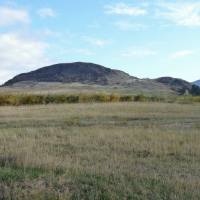

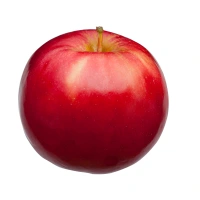
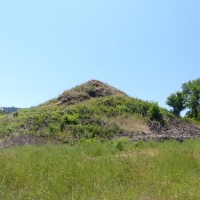

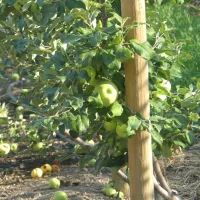
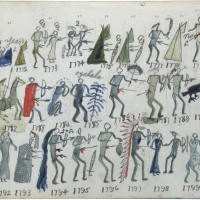
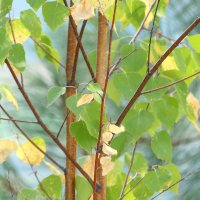
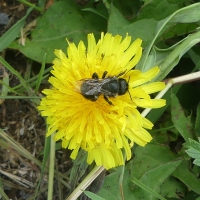
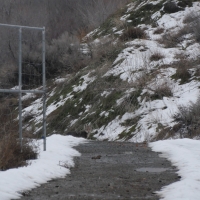
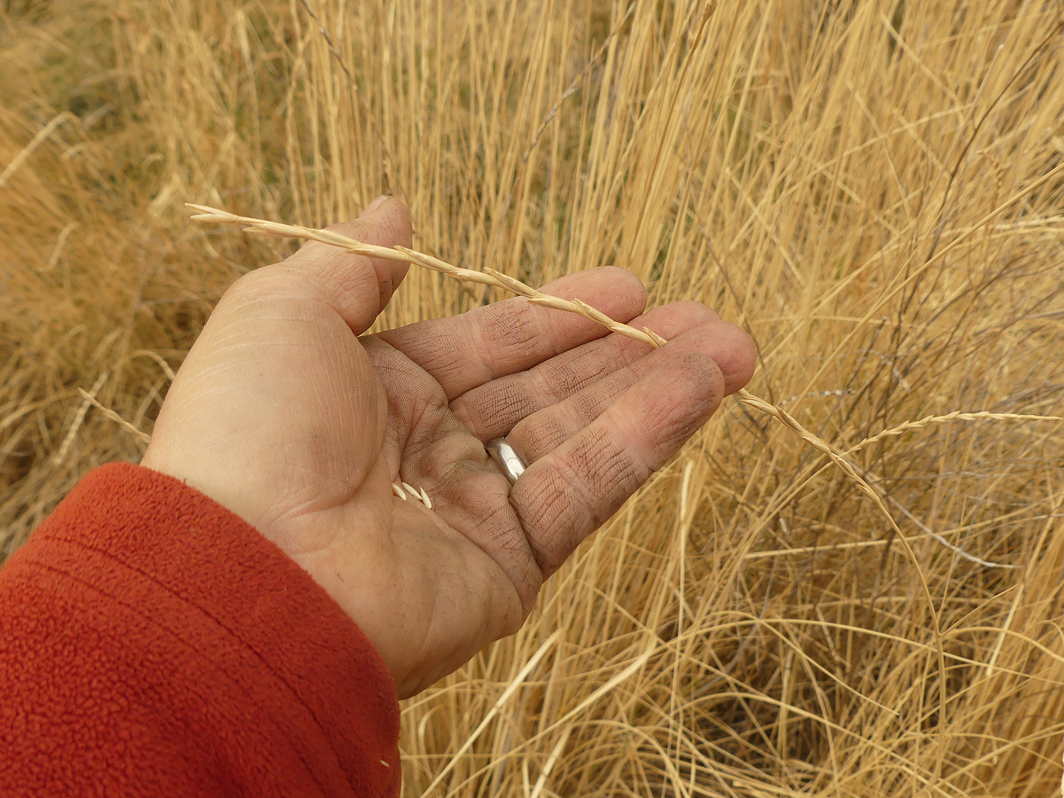


This is a post to have in mind……
LikeLike